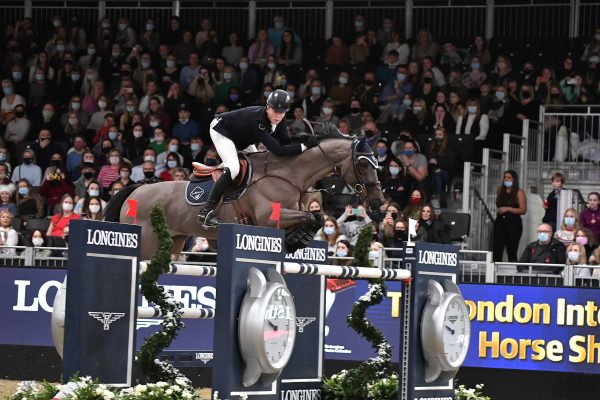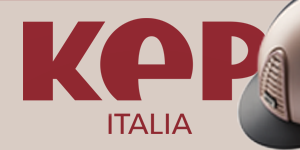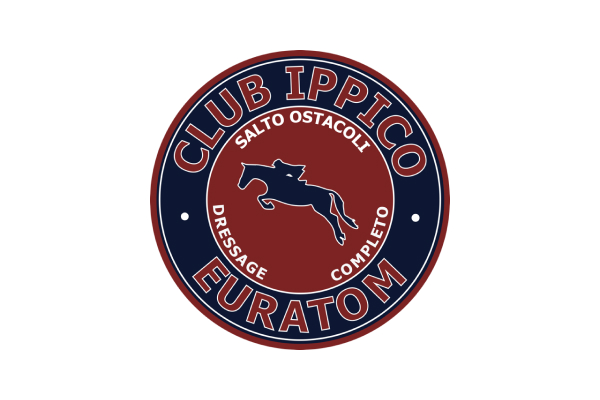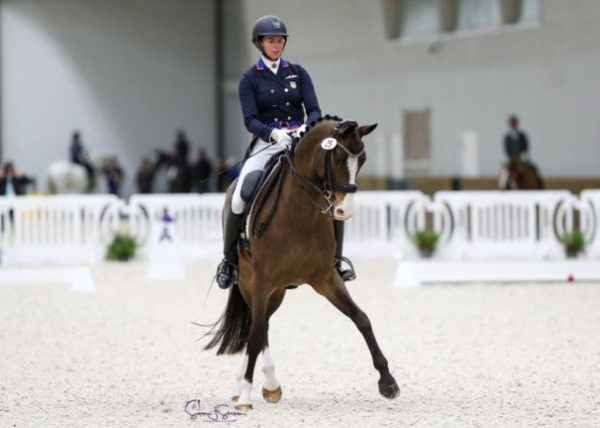
Equestrian art: the horse created by the genius of Leonardo.
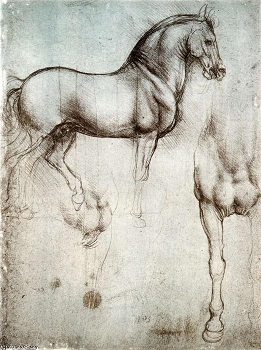
The studies and plans carried out by artists on their chosen subject are arguably one of the most fascinating artistic aspects and which can vary between longer or shorter periods depending on the person. However, these studies do not necessarily always lead to the conclusion of the work and for several reasons. For example, due to the abandonment of the project or for the death of the artist. In this Equestrian World piece meanwhile we look at and explain the case of the great work of Leonardo’s Horse.
Of the statue Leonardo Da Vinci had in mind as a monument to Francesco Sforza, all that remains are his design plans. The creation of the statue was in fact carried out following the Vinciano project and thanks to Charles Dent who in 1977 was excited by the idea of recreating Leonardo’s dream after five centuries. For fifteen years he tried and was able to find the funds to start up the enormous masterpiece. The project however was again abandoned after the death of Dent. At this point Frederik Meijer, owner of a chain of supermarkets in Michigan, offered to back the project but providing that two horses were built: one for Milan and the other for the Meijer Gardens. The horse was split into seven parts that arrived in Milan in July 1999 where they were welded together. The horse was set up in September 1999 at the entrance of the San Siro racetrack.
To continue, the Vinciani notebooks are full of interesting notes and sketches relating to various disciplines, from architecture to philosophy, through scientific studies, including those of anatomy, both human and animal. Leonardo, an eclectic artist and a genius inventor, has amongst his wide ranging works a number of detailed drawings of anatomical study, including the famous Vitruvian Man, confirmation of Leonardo’s philosophy in which the human body becomes the unit of measure of all things.
The design plans on the bronze horse for the monument to Francesco Sforza were made between 1482 and 1493, the period in which Leonardo worked for the Sforza family in Milan. The project was commissioned to Leonardo by the son of Francesco Sforza, Ludovico known as il Moro, who wanted it to be the largest equestrian statue ever built.
Leonardo knew that the quality of the horse was extremely important to highlight the depth of the character and so he studied in detail the anatomical shapes of the horses at the Sforza stables, following with great interest also the relaxation and contraction of the muscles, to make the stature more realistic.
In the collection of his drawings, called Royal Collection and kept in the Windsor library, we find images of horses in different poses and positions: from a horse on its hind legs ready to do battle against the enemy (probably the original idea Leonardo had for the statue, but given the size, it would have created too many problems when it came to the weight distribution and subsequent stability), the galloping horse, standing in front, details of the limbs, neck and head etc.
The galloping horse would have been the final design, but when all was ready to be welded together, the immense amount of bronze required (100 tons) was no longer available. However, Leonardo was able to create what was asked of him by his commissioner and that is the largest equestrian statue in the world (more than seven meters high). His design was made of a clay model and exposed to the public in 1493, evoking great admiration but which now is unfortunately lost.




